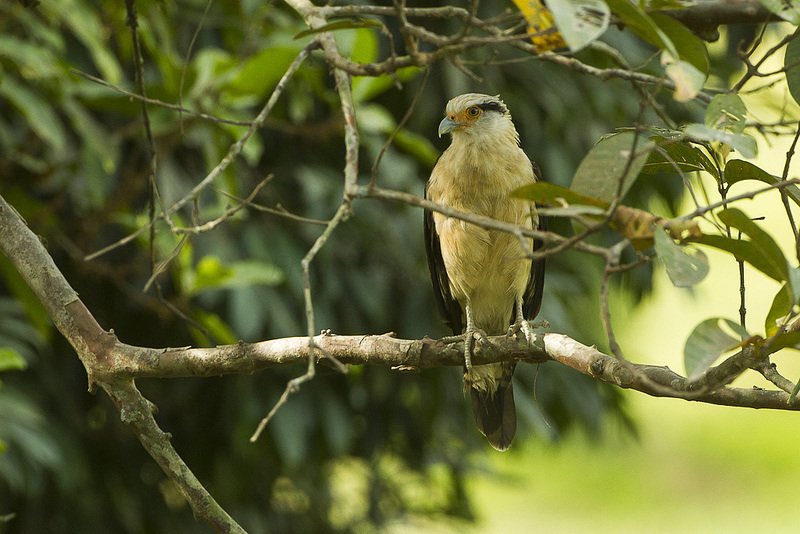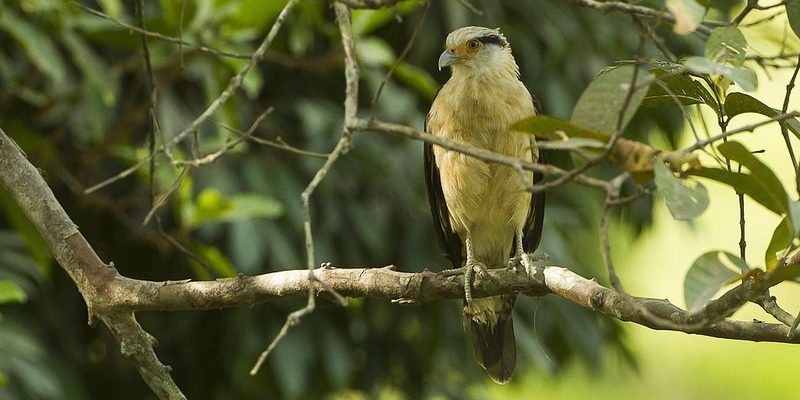
When you think of the Peregrine Falcon, imagine a sleek, powerful bird soaring high above urban landscapes and remote wilderness alike. Unfortunately, over the years, the population of this majestic bird has faced significant challenges. From habitat loss to environmental toxins, these factors have played a huge role in determining the falcon’s status across the globe. Let’s break down what makes this bird special, why it’s at risk, and what’s being done to protect it.
The Peregrine Falcon: A Quick Overview
To really grasp why the Peregrine Falcon is important, let’s take a closer look at its characteristics and habitats. Known scientifically as *Falco peregrinus*, the Peregrine Falcon can be found on every continent except Antarctica. They thrive in a variety of environments, from coastal regions to mountains and urban areas. Their adaptability is impressive, allowing them to survive in many different locations.
These birds are not just known for their speed but also their striking appearance. With a blue-grey plumage, a distinctive black cap, and a golden-orange facial pattern, they are visually stunning. They hunt primarily birds and are adept at taking down prey mid-flight, showcasing their agility and precision. This predatory behavior plays a crucial role in maintaining balance in their ecosystems by controlling bird populations.
However, despite their widespread presence, the Peregrine Falcon’s survival has been threatened by various human activities. Understanding these threats is essential for grasping the bigger picture of their conservation status.
Population Decline: What Happened?
Historically, the Peregrine Falcon faced severe declines, particularly in the mid-20th century. The use of pesticides, especially DDT, was a leading cause of their population drop. When these chemicals entered the food chain, they weakened the falcons’ eggshells, leading to lower reproductive success. Imagine nesting parents waiting for their eggs to hatch, only to find that their offspring never make it into the world. It’s heartbreaking.
By the 1970s, this decline led to the Peregrine Falcon being listed as endangered in many regions, including the United States. Conservation efforts began to ramp up, focusing on banning harmful pesticides and protecting nesting sites. These steps were vital, but they were just the beginning in an ongoing journey.
Despite the challenges faced in the past, there’s good news: conservation efforts have shown signs of success. Breeding programs and habitat restoration are key strategies that have helped boost the populations in various areas. But it’s not just about saving the falcons—it’s about preserving the entire ecosystem that supports them.
Current Conservation Status
Today, the Peregrine Falcon is no longer classified as endangered in many places; in fact, it has made a strong recovery in North America. The U.S. Fish and Wildlife Service removed the falcon from the Endangered Species List in 1999 due to successful conservation measures. In some areas, especially where urban nesting has increased, populations have rebounded impressively.
However, it’s essential to remember that the falcon’s comeback isn’t universal. Regions still grapple with challenges like habitat loss from urban development and climate change. Each of these factors can create ripple effects that threaten the entire population. For instance, as cities expand, nesting sites and hunting grounds can disappear, leaving falcons searching for new homes.
Ongoing monitoring is crucial to ensure the populations remain stable. Organizations and conservationists continue to track Peregrine Falcon numbers and nesting behaviors, assessing the impacts of both natural and human-induced changes in their habitats.
Global Perspectives on Peregrine Falcon Conservation
The conservation status of the Peregrine Falcon can vary significantly worldwide. In Europe, for instance, many countries have implemented strict protections for these birds. Conservation groups actively work on projects to restore habitats and support breeding programs. This collaboration has led to some remarkable recoveries, particularly in urban areas where falcons are nesting on skyscrapers and bridges.
However, in other regions, particularly in parts of Asia and Africa, the falcon still faces threats from poaching and habitat degradation. Some countries lack the resources to implement effective conservation strategies, leaving the birds vulnerable. The situation emphasizes the need for global cooperation and shared knowledge in protecting species like the Peregrine Falcon.
Additionally, with changing climate patterns, migration patterns and breeding behaviors may be affected, adding another layer of complexity to their conservation. It’s a constant balancing act between human activity and wildlife preservation.
How You Can Help Save the Peregrine Falcon
If you’re inspired by the story of the Peregrine Falcon and want to help, there are several ways you can make a difference. Even small actions can contribute to the broader conservation effort. Here are some ideas:
- Educate Yourself and Others: Share information about the Peregrine Falcon and its conservation needs with friends and family.
- Support Conservation Organizations: Consider donating to or volunteering with local wildlife conservation groups focused on bird preservation.
- Reduce Pesticide Use: If you garden or landscape, choose eco-friendly methods to manage pests instead of harmful chemicals.
- Report Nesting Sites: If you spot a Peregrine Falcon nesting or hunting, report it to local wildlife authorities to help with monitoring efforts.
Every bit counts, and being part of the solution is empowering. By taking these steps, you’re contributing to the ongoing effort to protect not just the Peregrine Falcon, but the entire ecosystem.
The Future of the Peregrine Falcon
Looking ahead, the future of the Peregrine Falcon hangs in a delicate balance. While there have been significant successes in conservation, ongoing challenges remain. Climate change, urban development, and potential new threats like disease or food scarcity can impact their populations.
Conservationists stress the importance of adaptive management practices—being ready to adjust to new challenges as they arise. By continually assessing the situation and making informed decisions, we can help ensure that these incredible birds continue to thrive.
Moreover, it’s essential to foster a sense of stewardship among communities. When people feel connected to the wildlife around them, they’re more likely to take an active role in conservation efforts. Whether by participating in local bird counts or supporting legislation aimed at protecting habitats, every action makes a difference.
In conclusion, the story of the Peregrine Falcon is one of resilience and hope. Through dedicated action, we can help secure a brighter future for this incredible bird and ensure that generations to come can share in the wonder of watching a falcon soar through the sky. Together, let’s keep the momentum going and protect the Peregrine Falcon for years to come.

